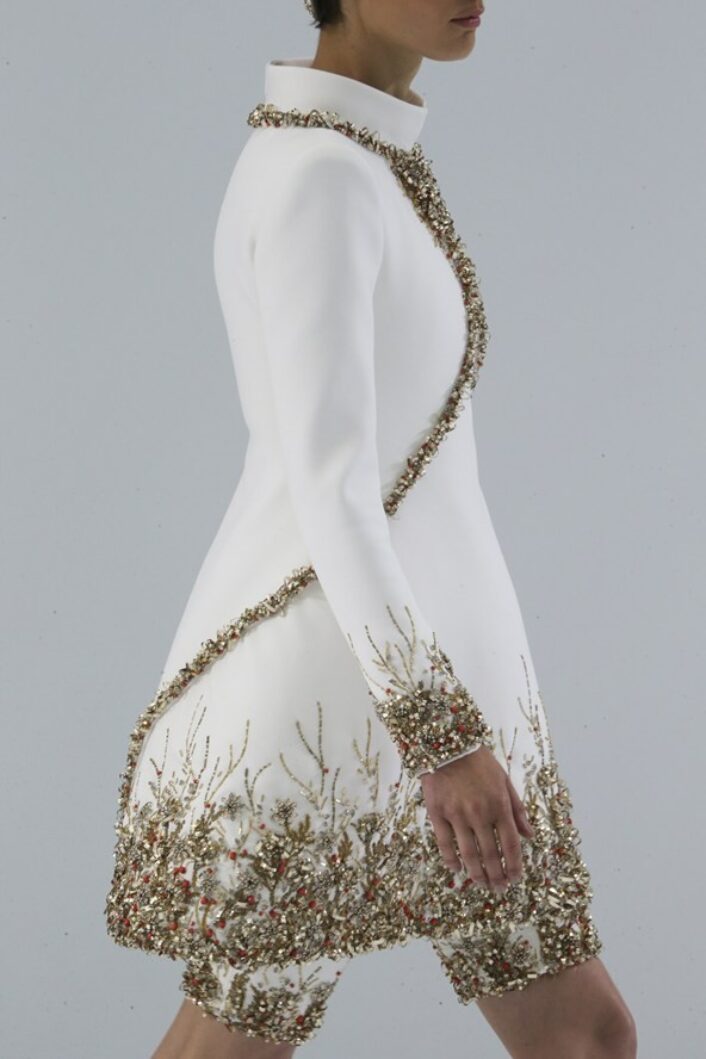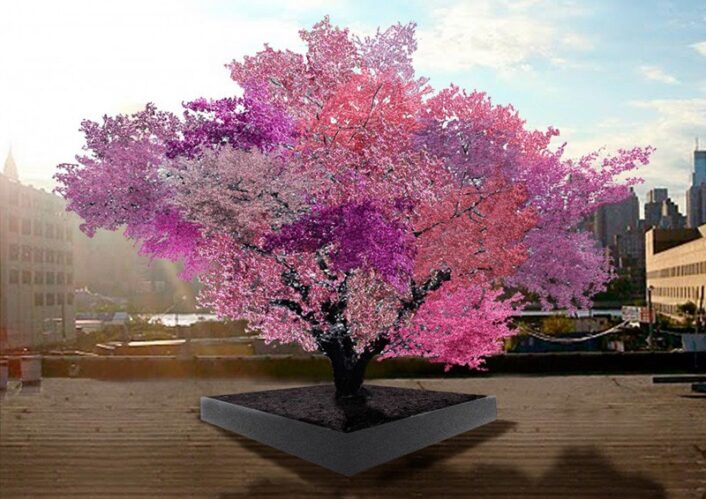Culture
Kathleen Ryan’s rotting fruit

“Bad Peach,” 2019.
Image courtesy of: Design Boom, photographed by: François Ghebaly
Kathleen Ryan has a knack for merging the beautiful and the gross in the oversized mold infested fruit that she makes using precious and semi-precious stones. The larger-than-life fruit always have “areas of rot” that are symbolized from malachite, pool, and smoky quartz. In comparison, the fresh parts are made from valuable, natural gemstones such as agate, pearls, lapis lazuli, and commonly-manufactured beads and gemstones.
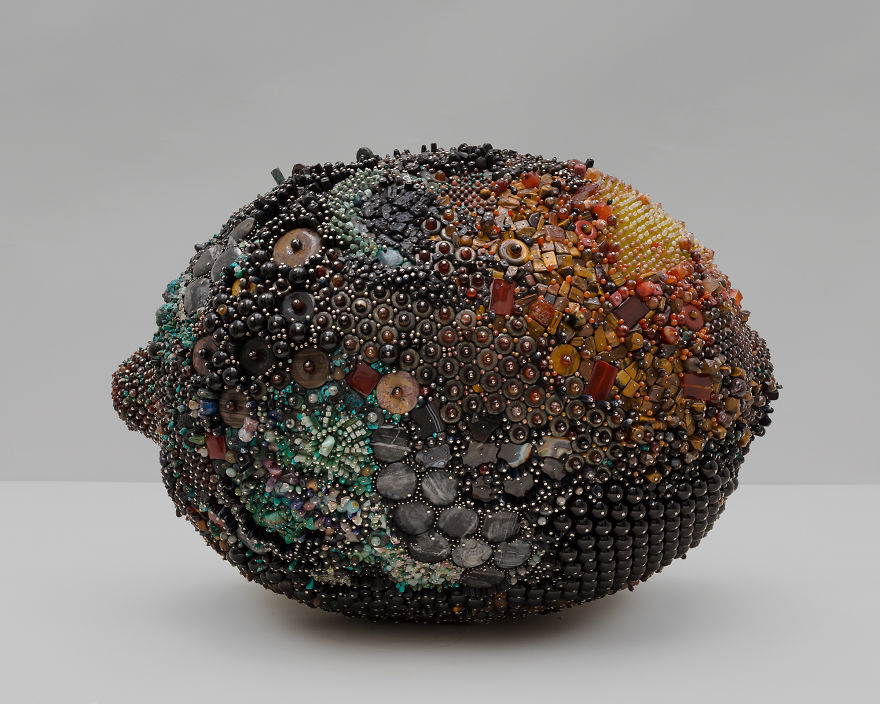
“Black Lemon,” 2019.
Requiring more space, Ryan recently moved into a 3,000-square-foot studio that she shares with her boyfriend, fellow artist Gavin Kenyon.
Image courtesy of: Demilked
The Los-Angeles born and New-York City-based artist speaks to today’s culture of excess with her work. Excessive consumption is indeed something that is present and prevalent in our society today; but perhaps there is another way of looking at Ryan’s work differently: the beauty of something that is normally considered gross and ugly can be viewed as validation and part of the cycle of life.
Some think that Ryan draws inspiration from old Dutch painting still-lifes, those paintings also used rotting fruit as imputes. The artist seamlessly translates nature’s “handiwork” into tactile and involved objects that are able to balance two extreme reactions: repulsion and beauty.
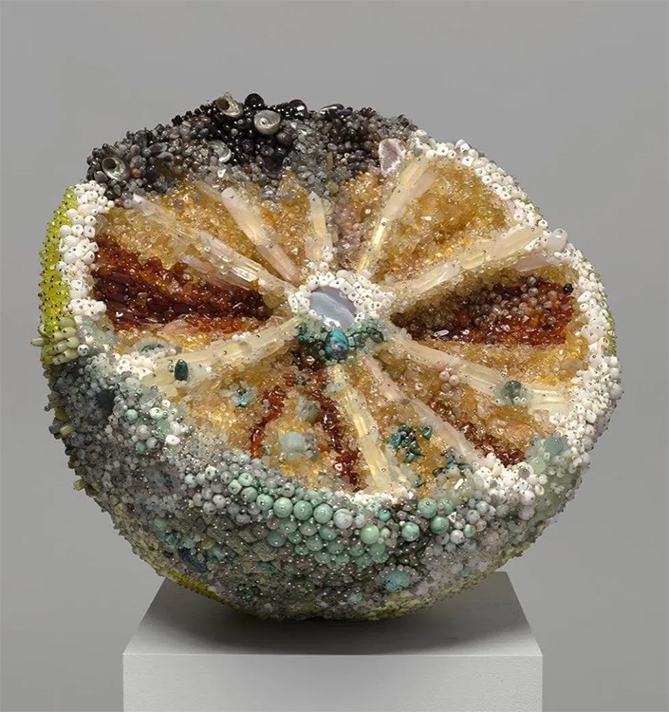
As Jan van Eyck’s “Arnolfini Portrait” from 1434 show, in 15th-century Holland, oranges were used to symbolize vitality and wealth.
Image courtesy of: Myartisreal
Ryan’s process begins with a large polystyrene base that can measure up to 28 inches in width, in order that there is enough space to work with. The next step includes painting a pattern of colors that will indicate which part of the fruit will rot. Then, Ryan pierces the foam with steel pins that hold the various gemstones that run the gamut from freshwater pearls to forest green serpentine semi-precious stones. The array in which the beads are organized conveys the “severity” of the fruit’s decaying flesh.
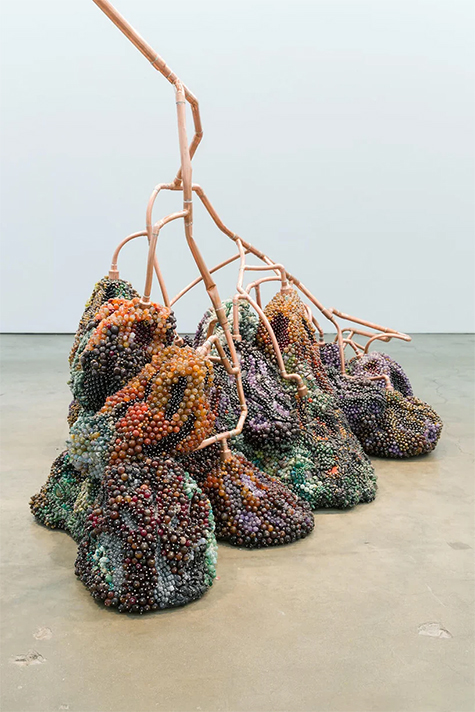
“Bad Grapes,” 2020.
The Los Angeles-based exhibition at Frank Ghebaly Gallery was titled, “Bad Fruit.”
Image courtesy of: Design Boom
The microcosms that the beads make-up create, via thousands and thousands of straight pins, fascinating landscapes on the surfaces of Ryan’s sculptures. The illusions that Ryan creates resemble the texture of real mold, and each is topped off with a gemstone that might be an amethyst, emerald, onyx, opal, or quartz. Always fruit, Ryan has mastered presenting lemons, oranges, peaches, and cherries in various decomposition stages.
Earlier this year, at her solo exhibition at Francois Ghebaly Gallery that was timed to coincide with Frieze L.A., Ryan featured two of her largest and most involved pieces to date. One was an overripe cluster of grapes with stems that were carved from copper plumbing pipes and an enormous watermelon that appears to have been dropped from above. Seemingly dropped from the ceiling, there are large pink beaded chunks that are arranged as though splattered across the floor. The rind is made from a dilapidated 1973 Airstream safari trailer that the artist found on Craigslist. She says (courtesy of Galerie Magazine), “I like how objects bring meaning and carry a history. The Airstream is an idealized symbol of Americana- of leisure and freedom.. And her, it’s a broken, rotten watermelon.”
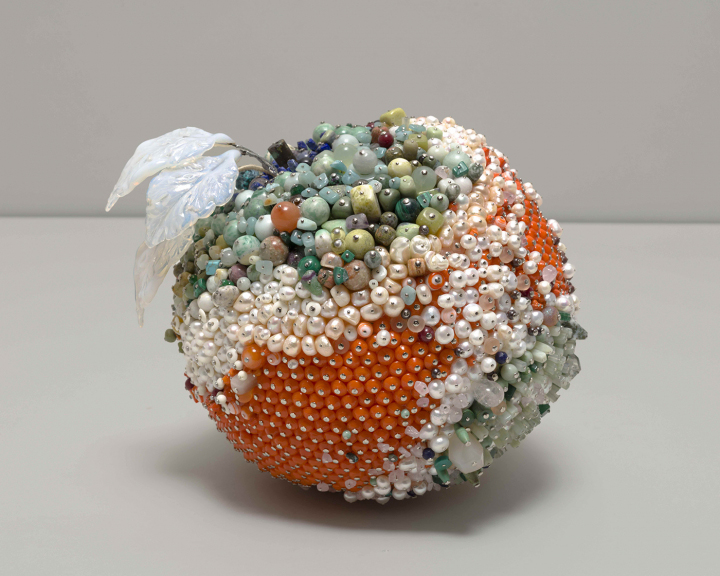
“Bad Sastuma,” 2018.
Close up, you can appreciate the delicate work that goes into each piece of fruit.
Image courtesy of: HyperAllergic
One thing to notice is that Ryan is indeed telling a story… one about how she personally feels regarding today’s excessive and over-the-top society. In all her sculptures, while she uses inexpensive, manufactured glass beads to create the patches of ripe skin, the expensive gemstones are reserved for the rotten areas. As told to The New York Times, “Though the mold is the decay, it’s the most alive part.”
Perhaps that is all something we can ponder on…. and embrace!
